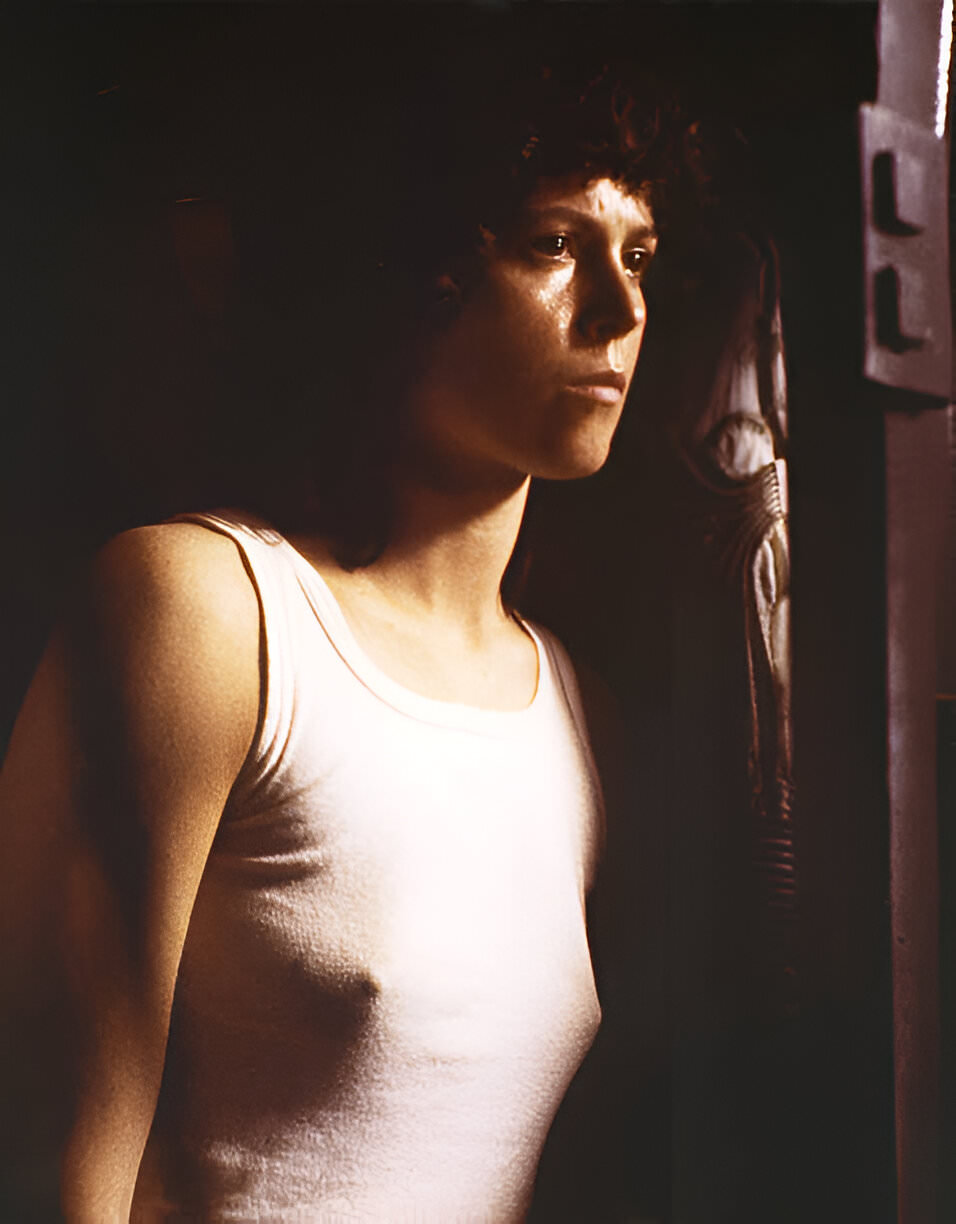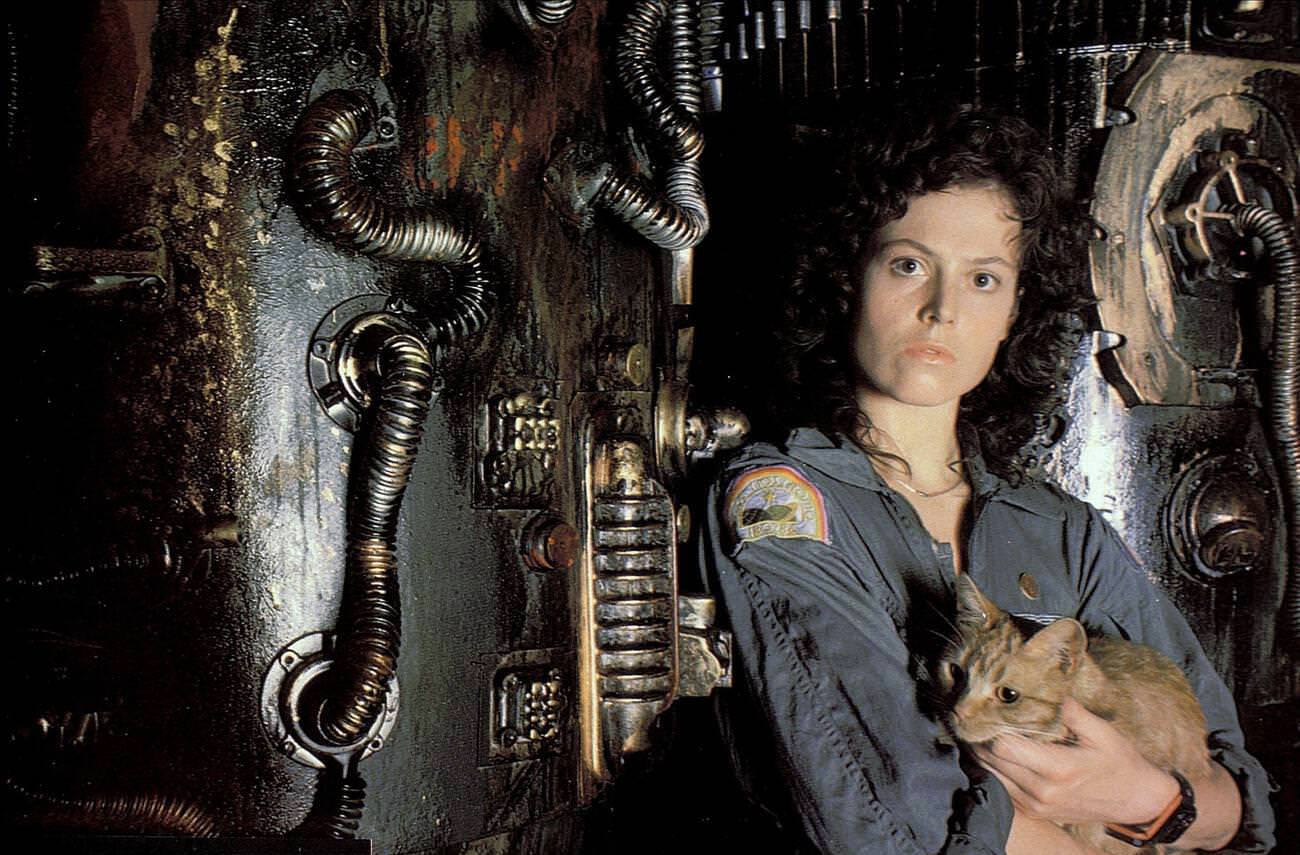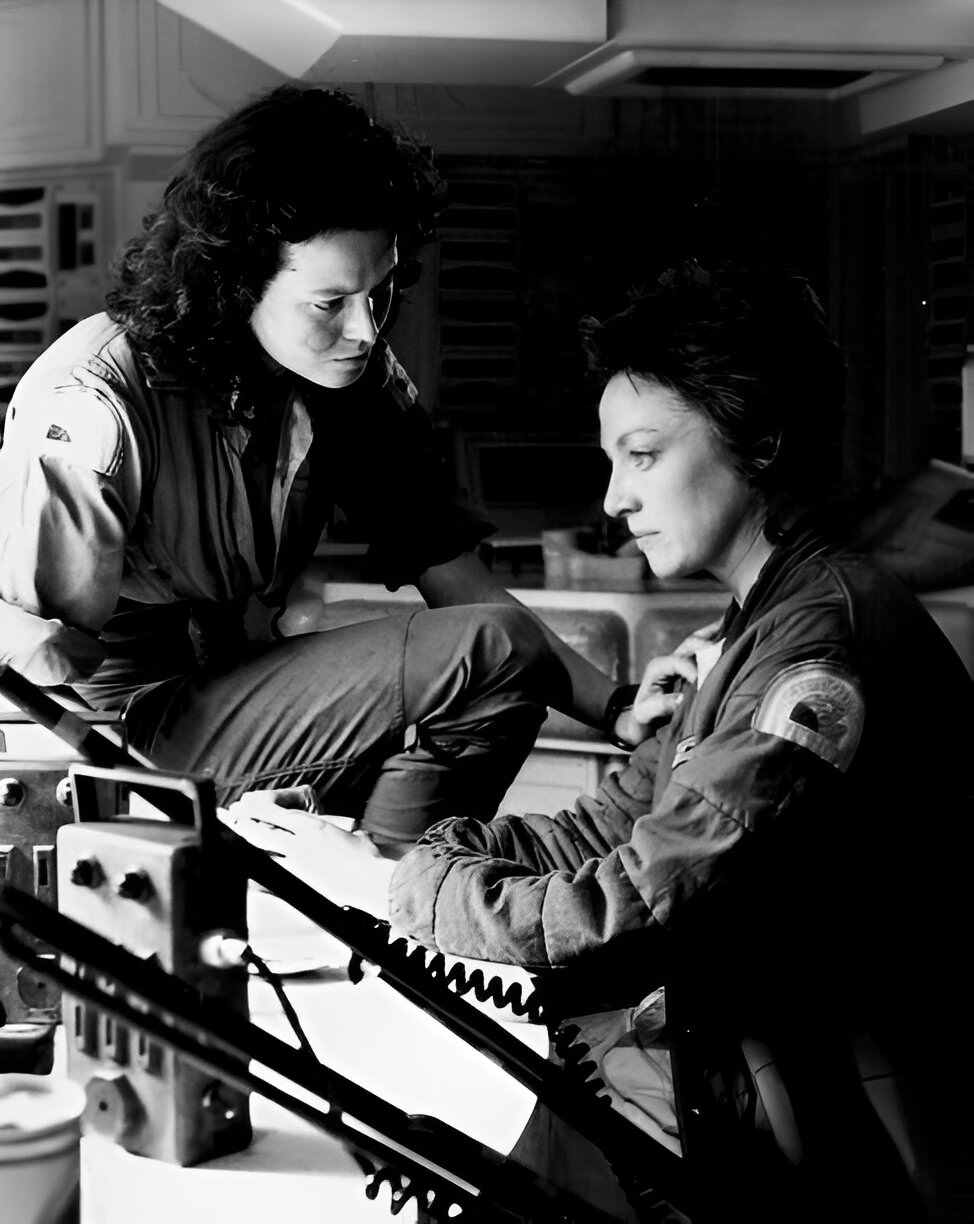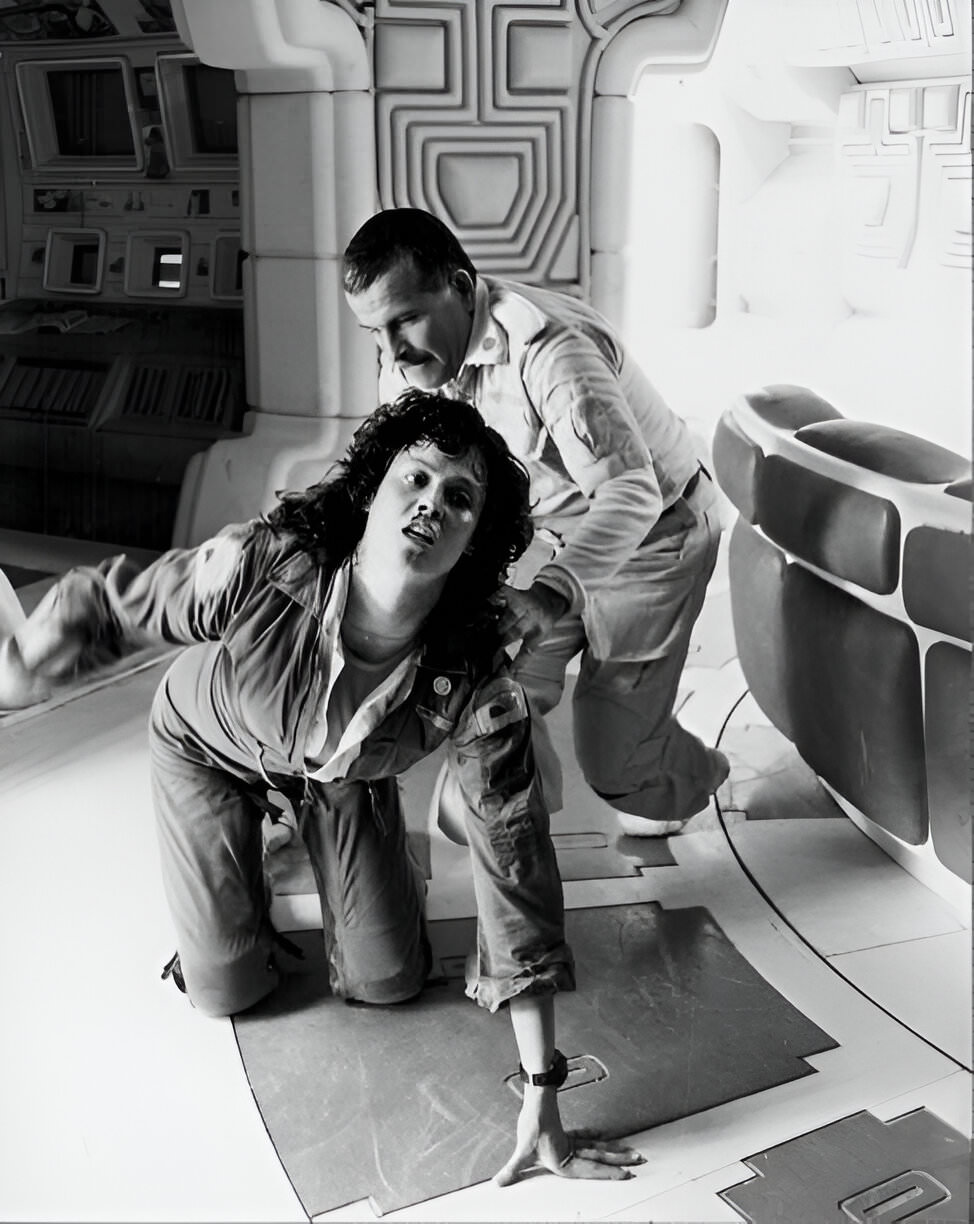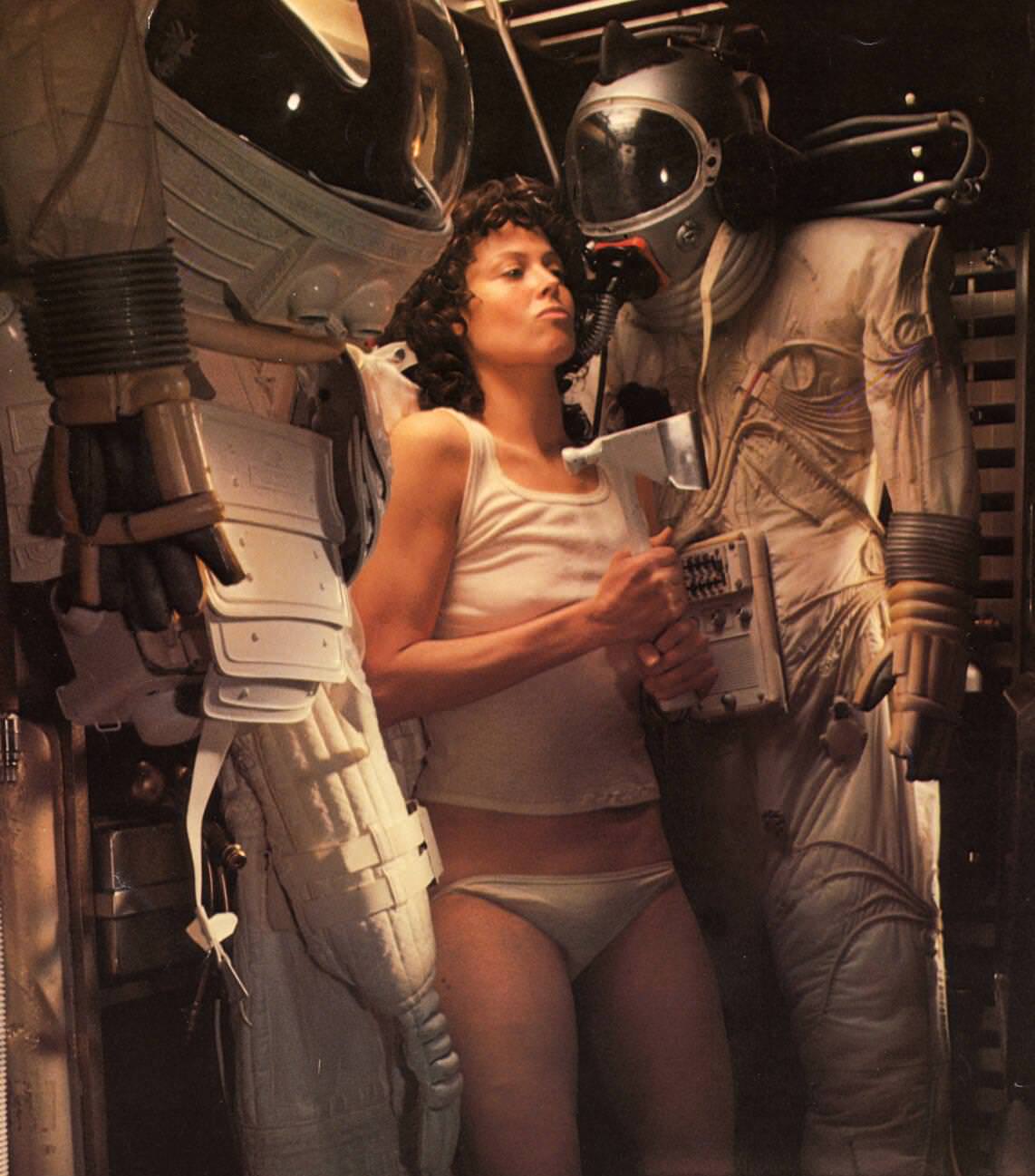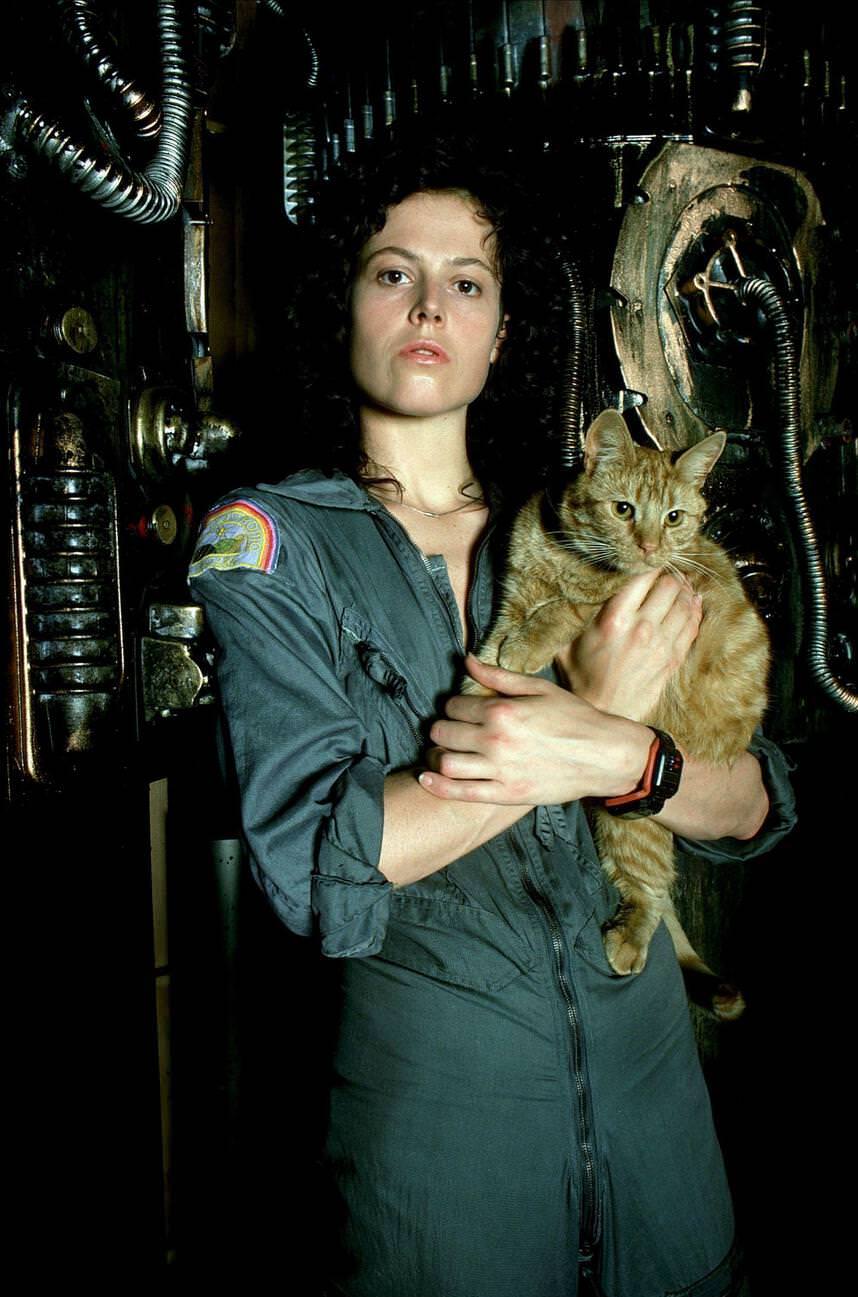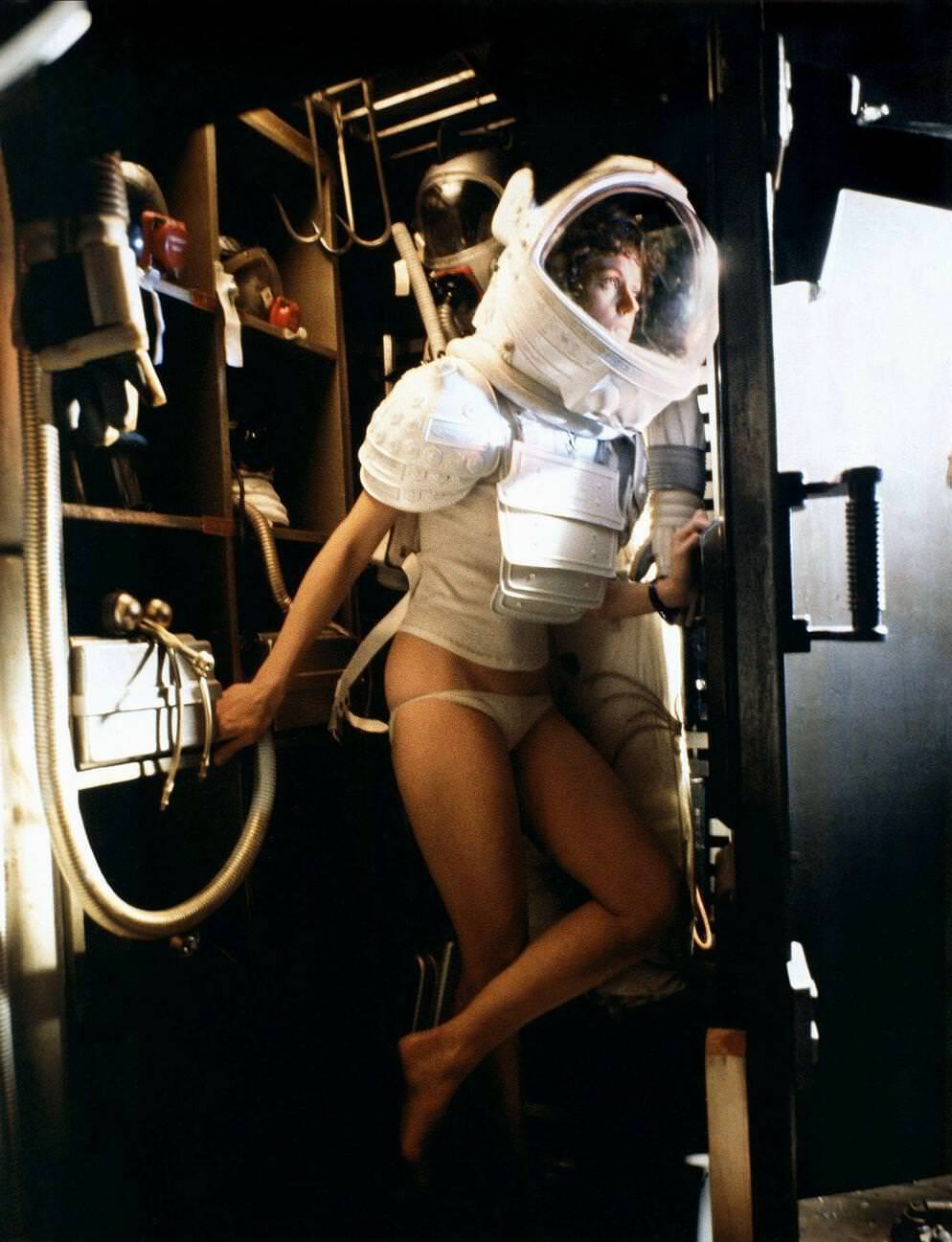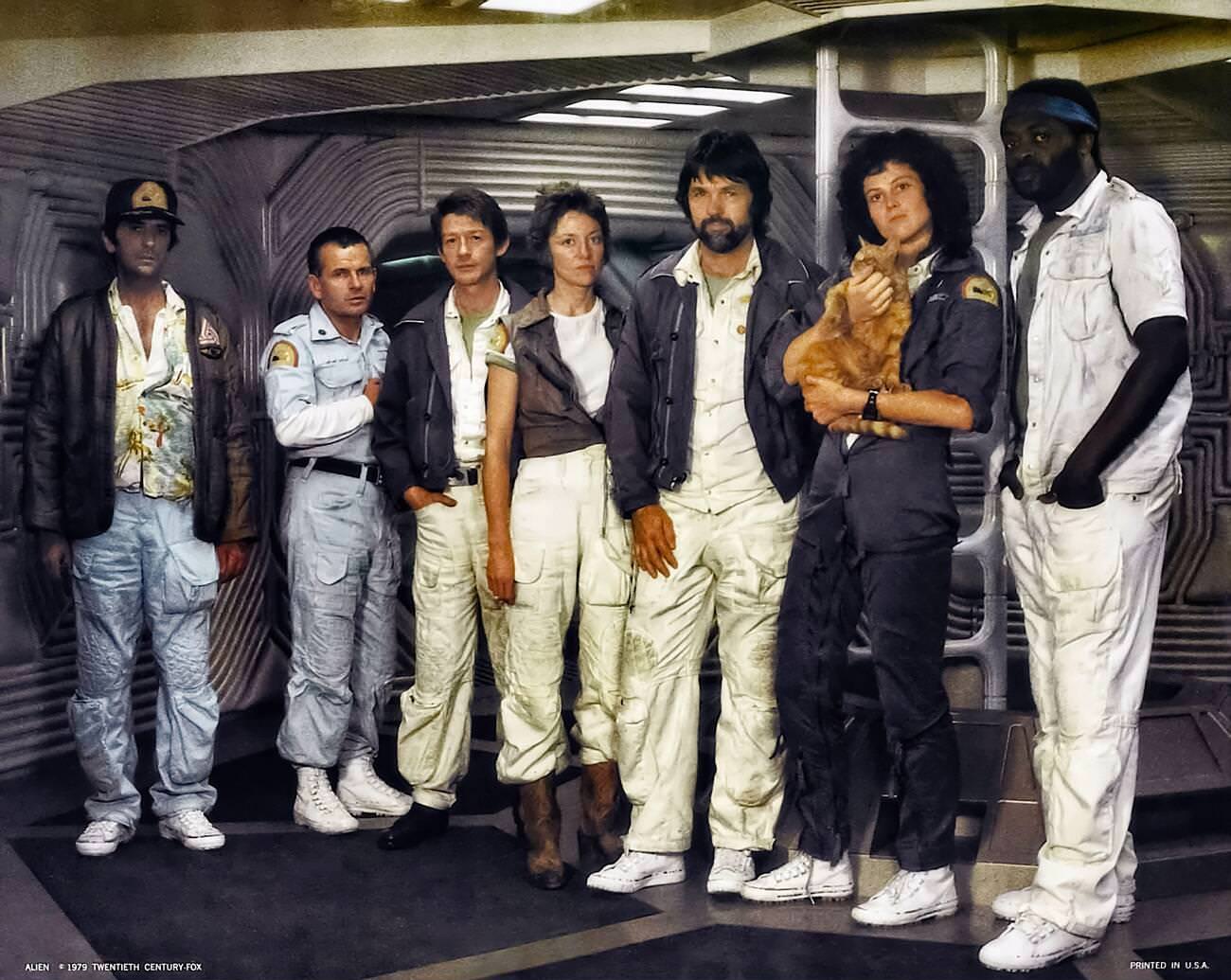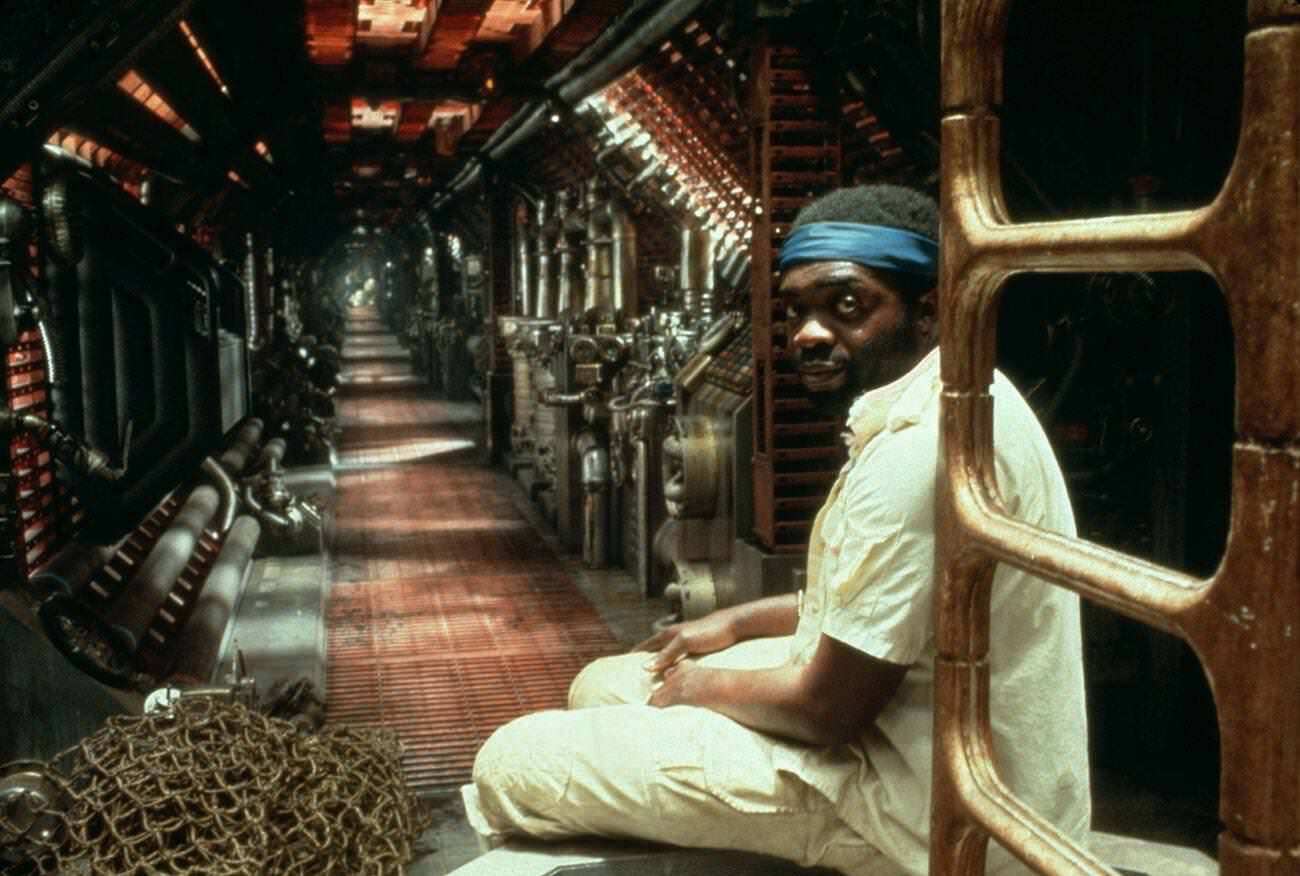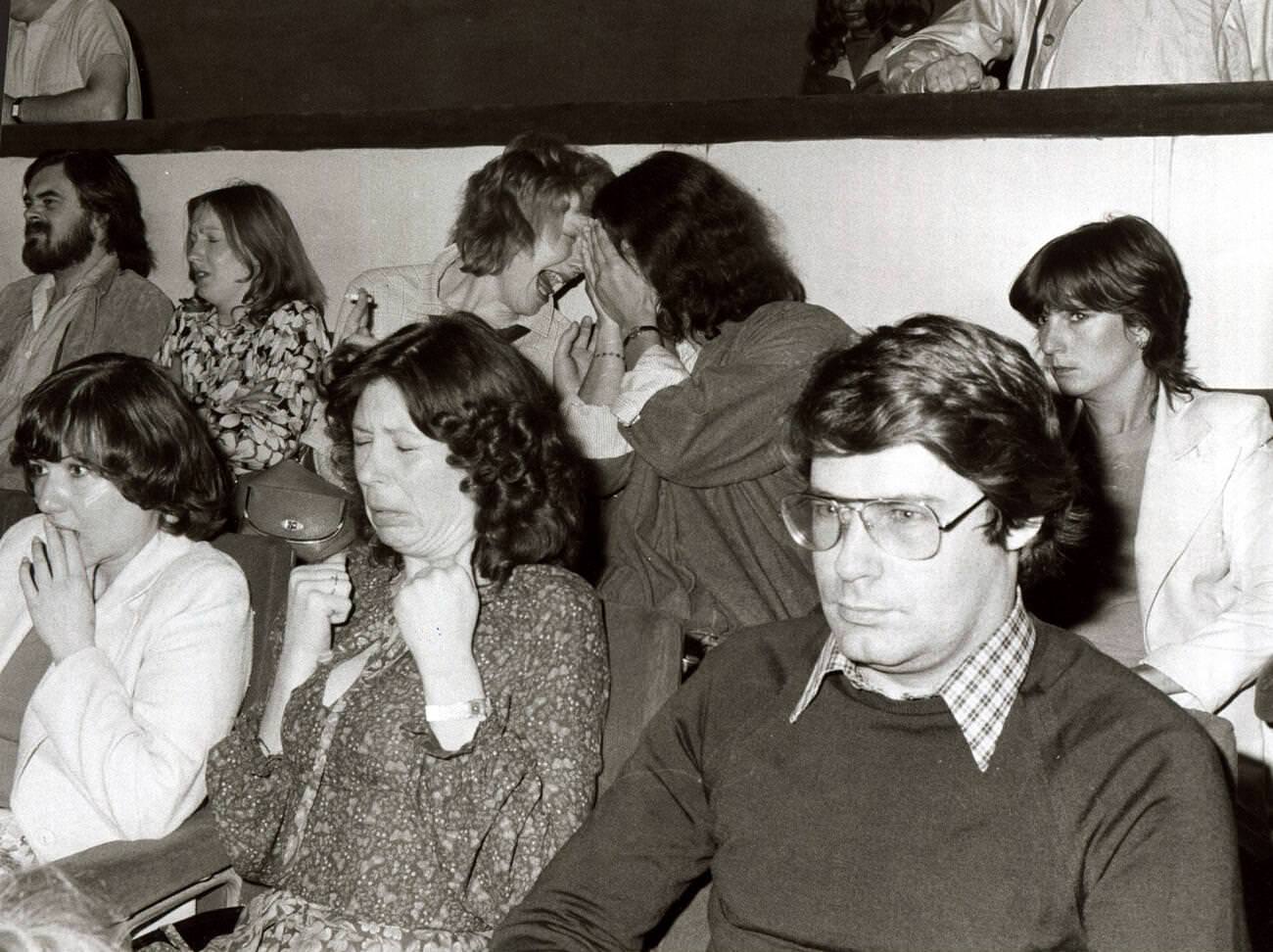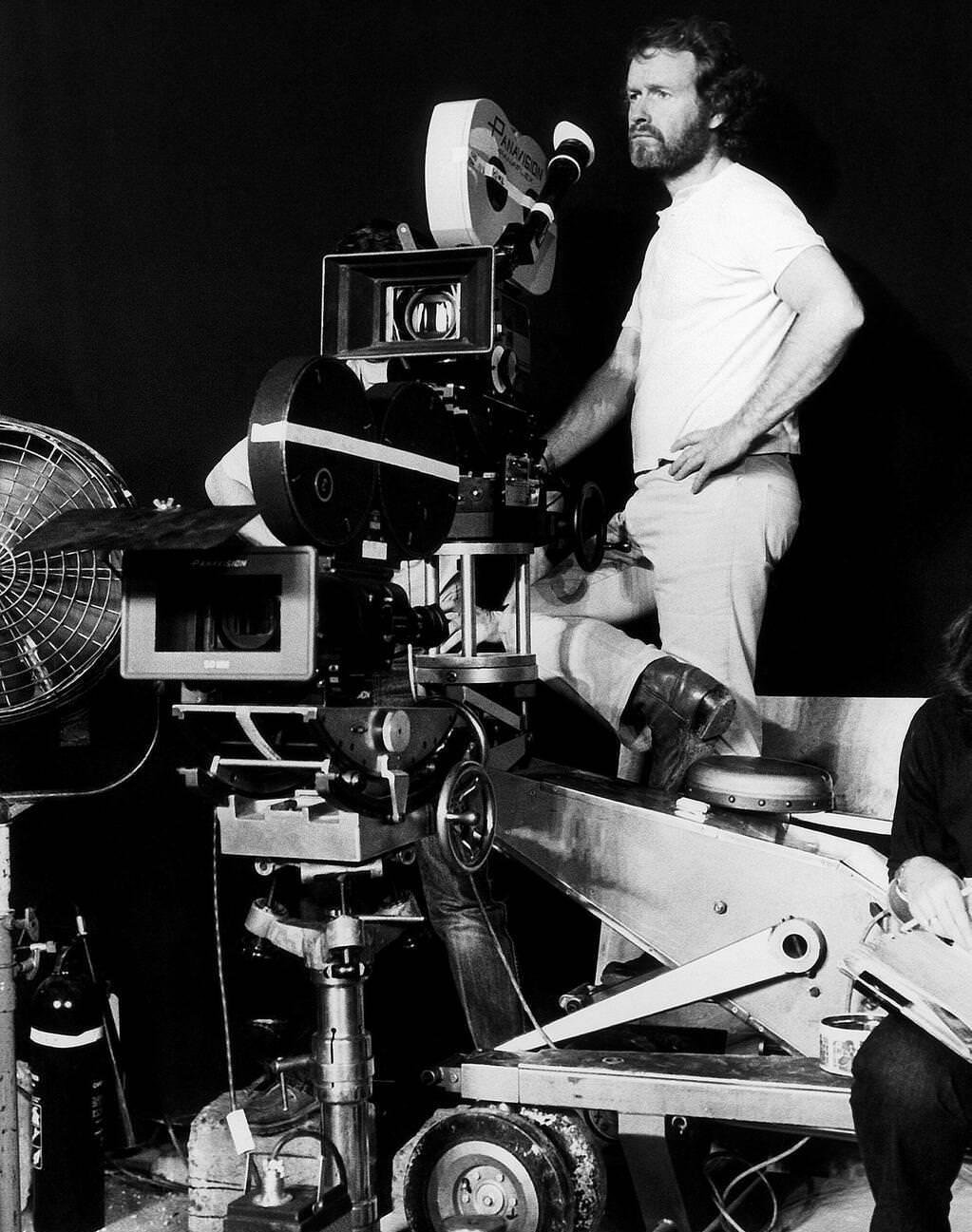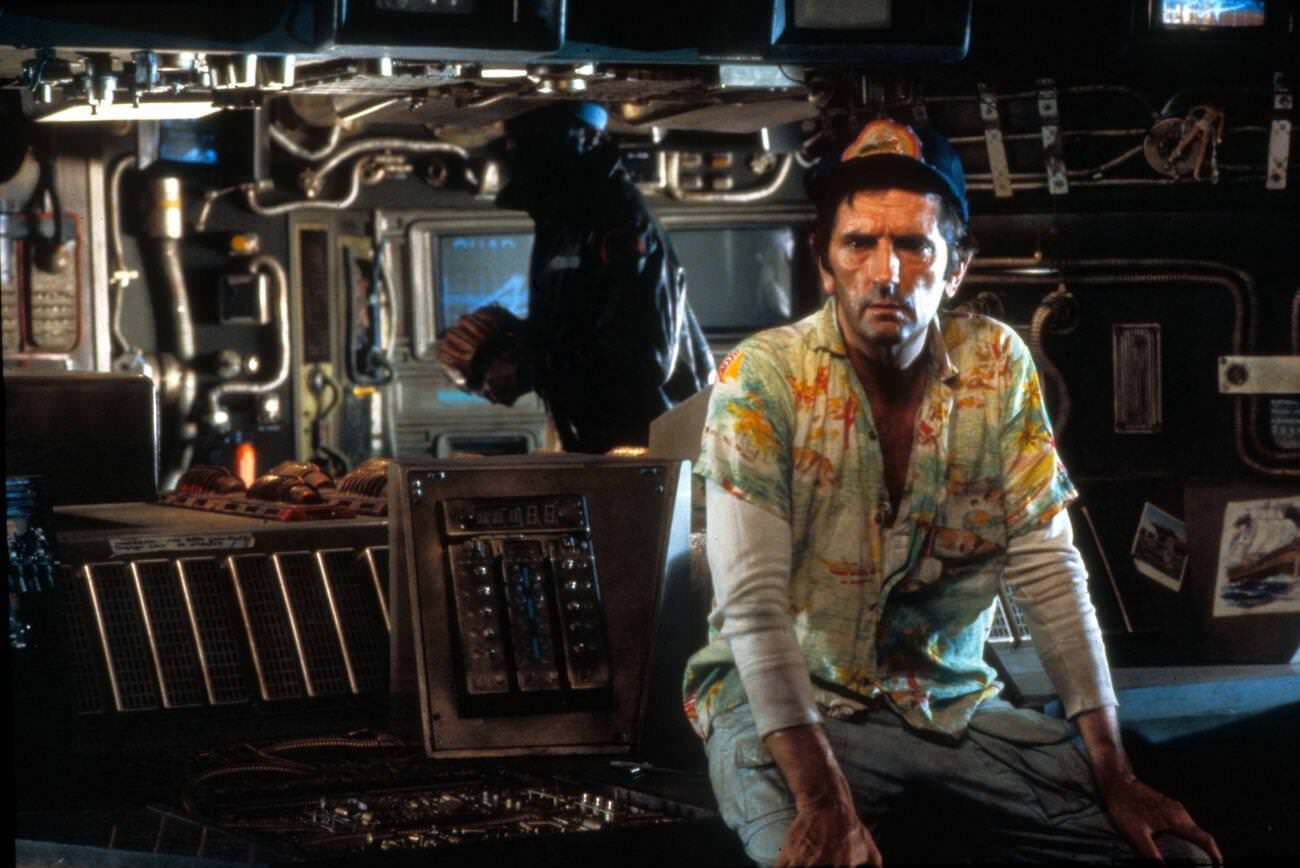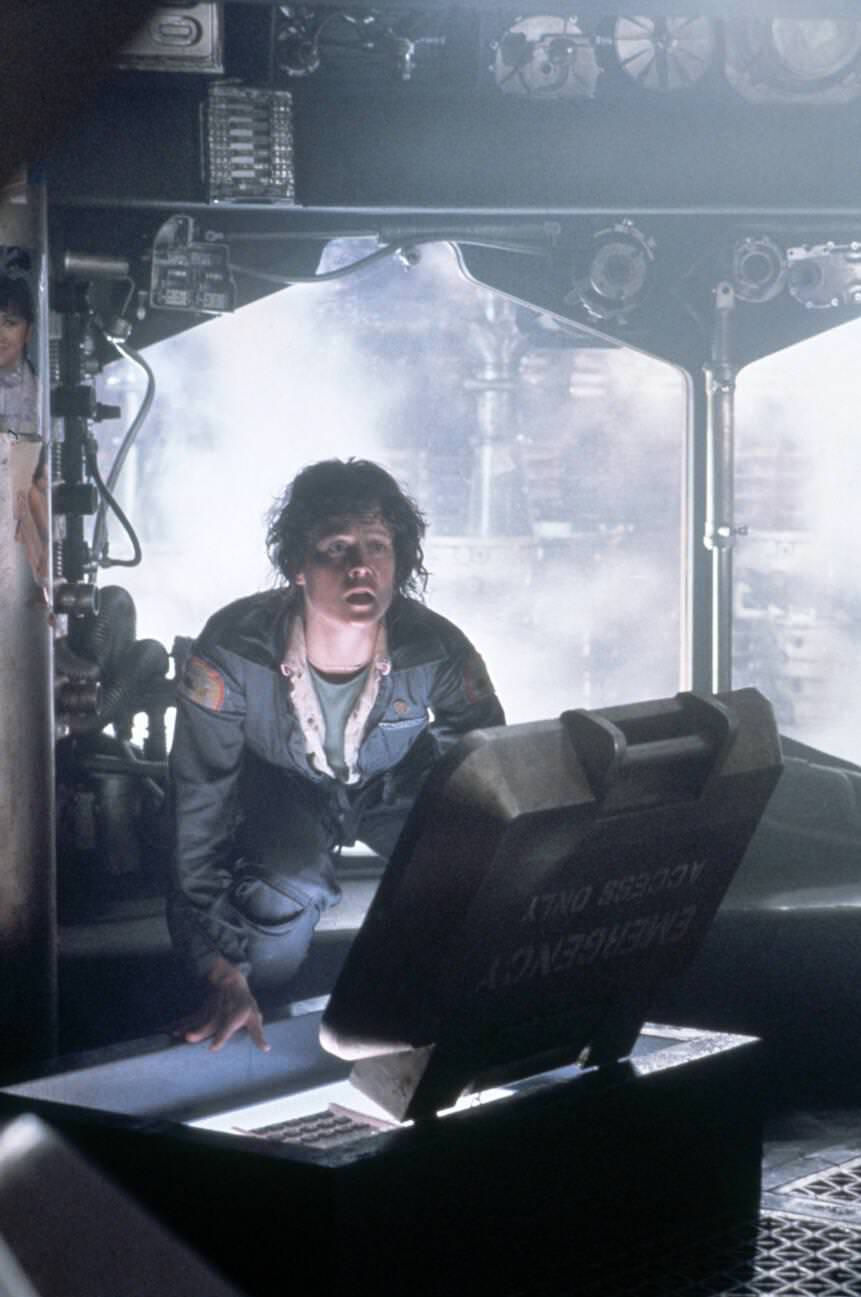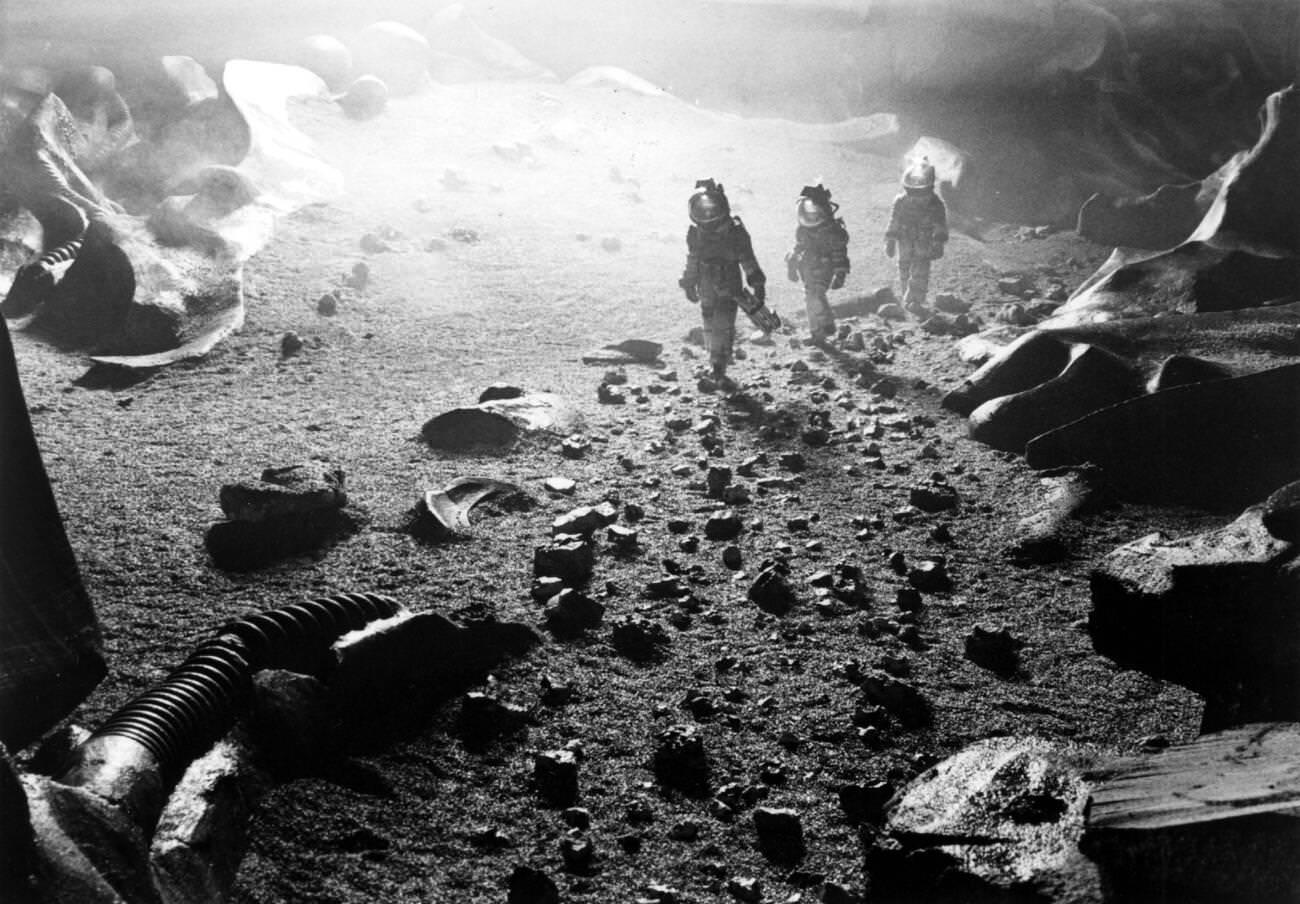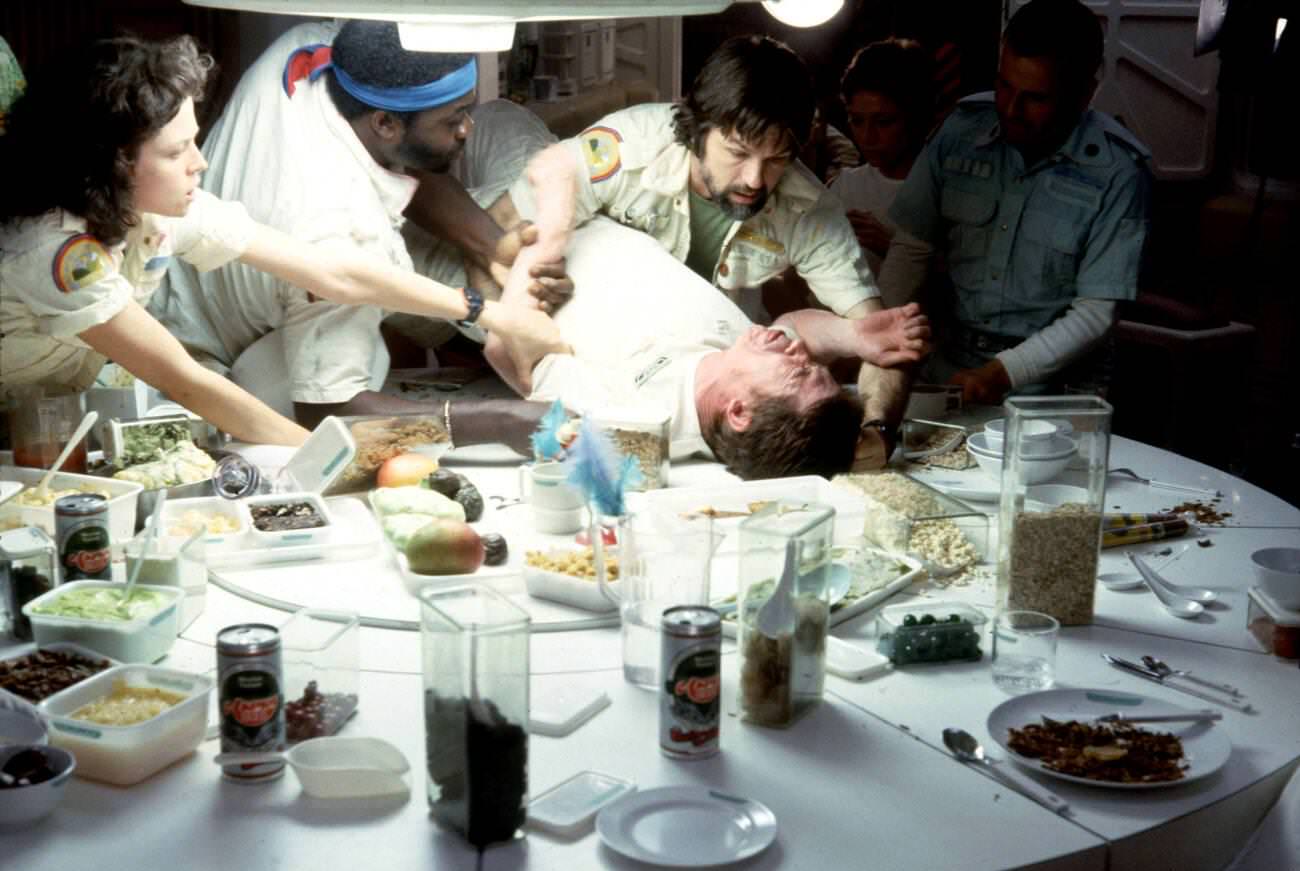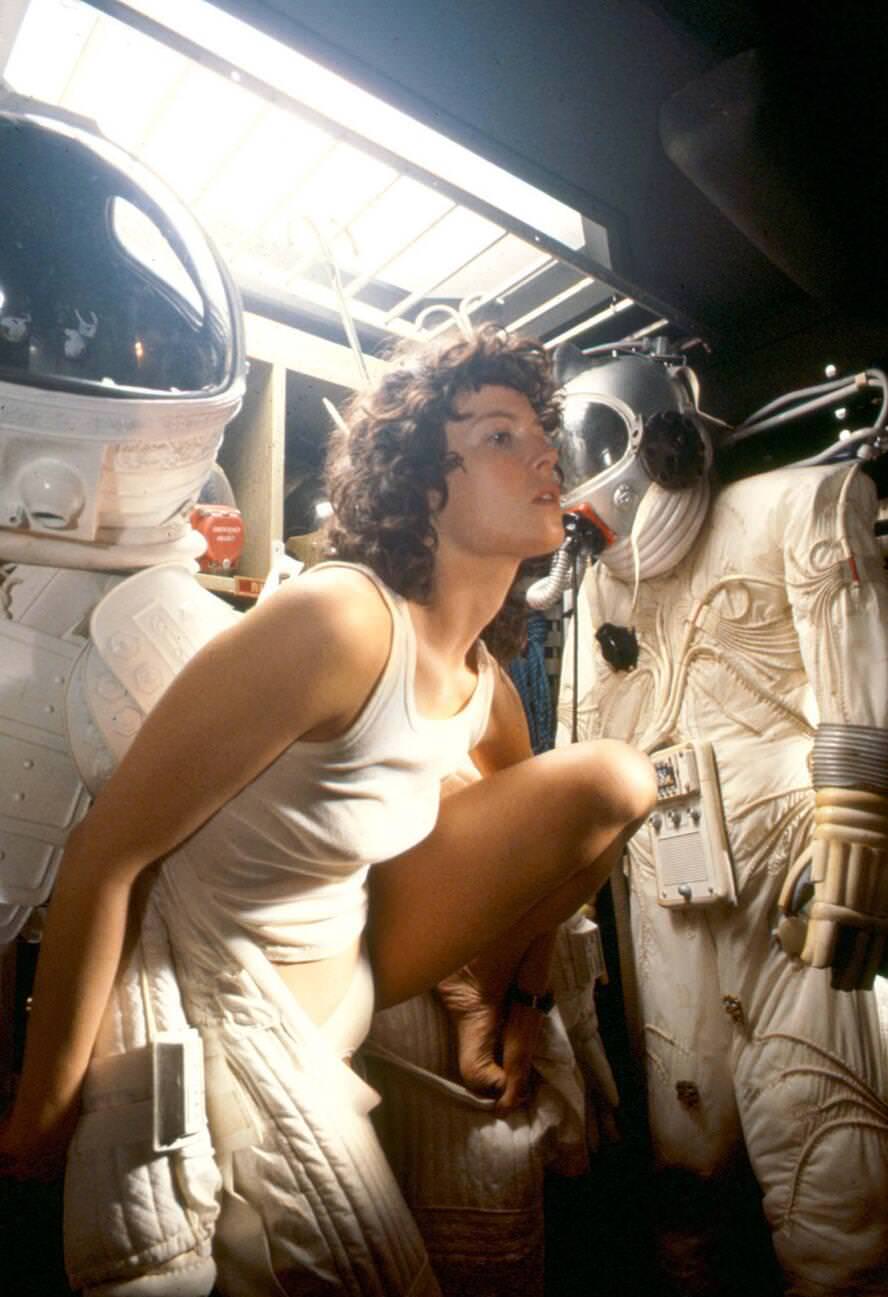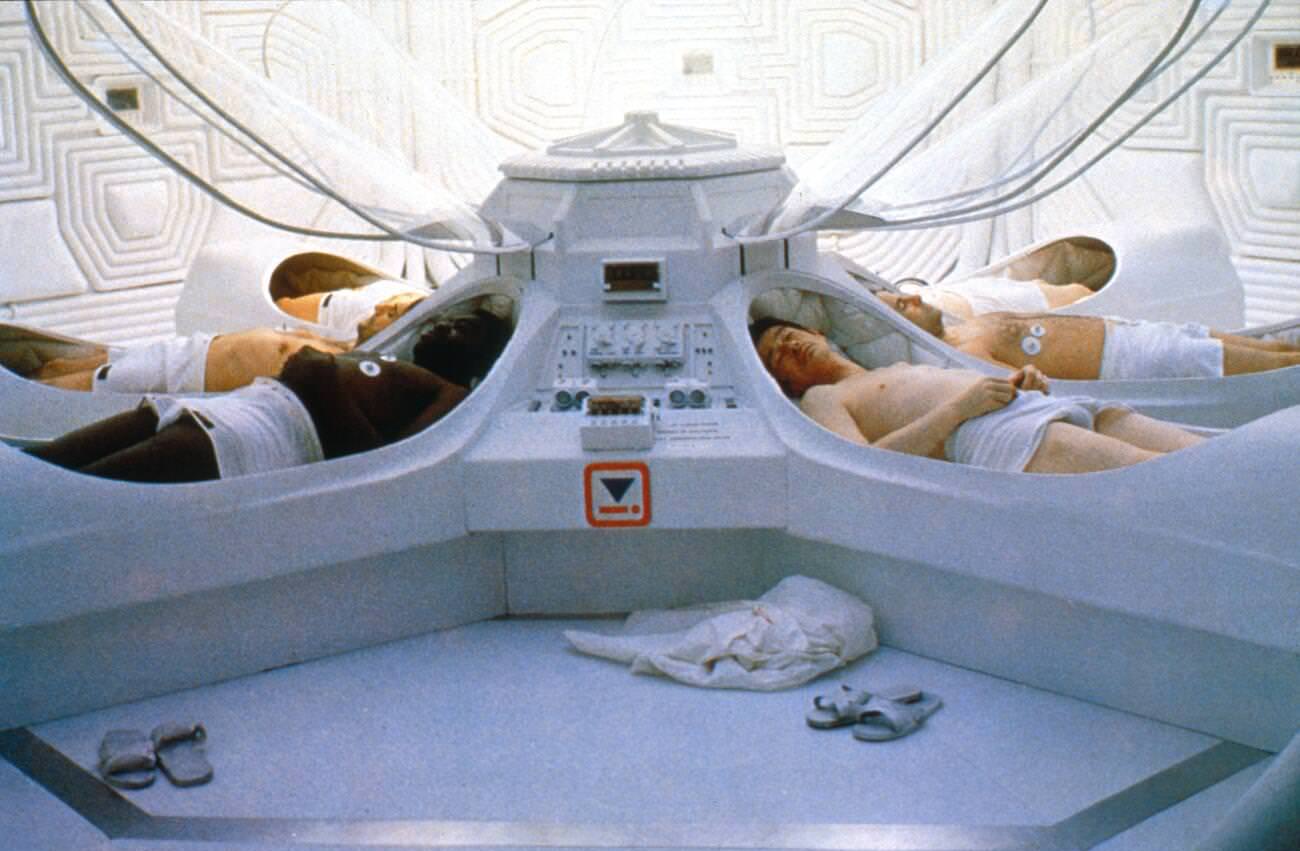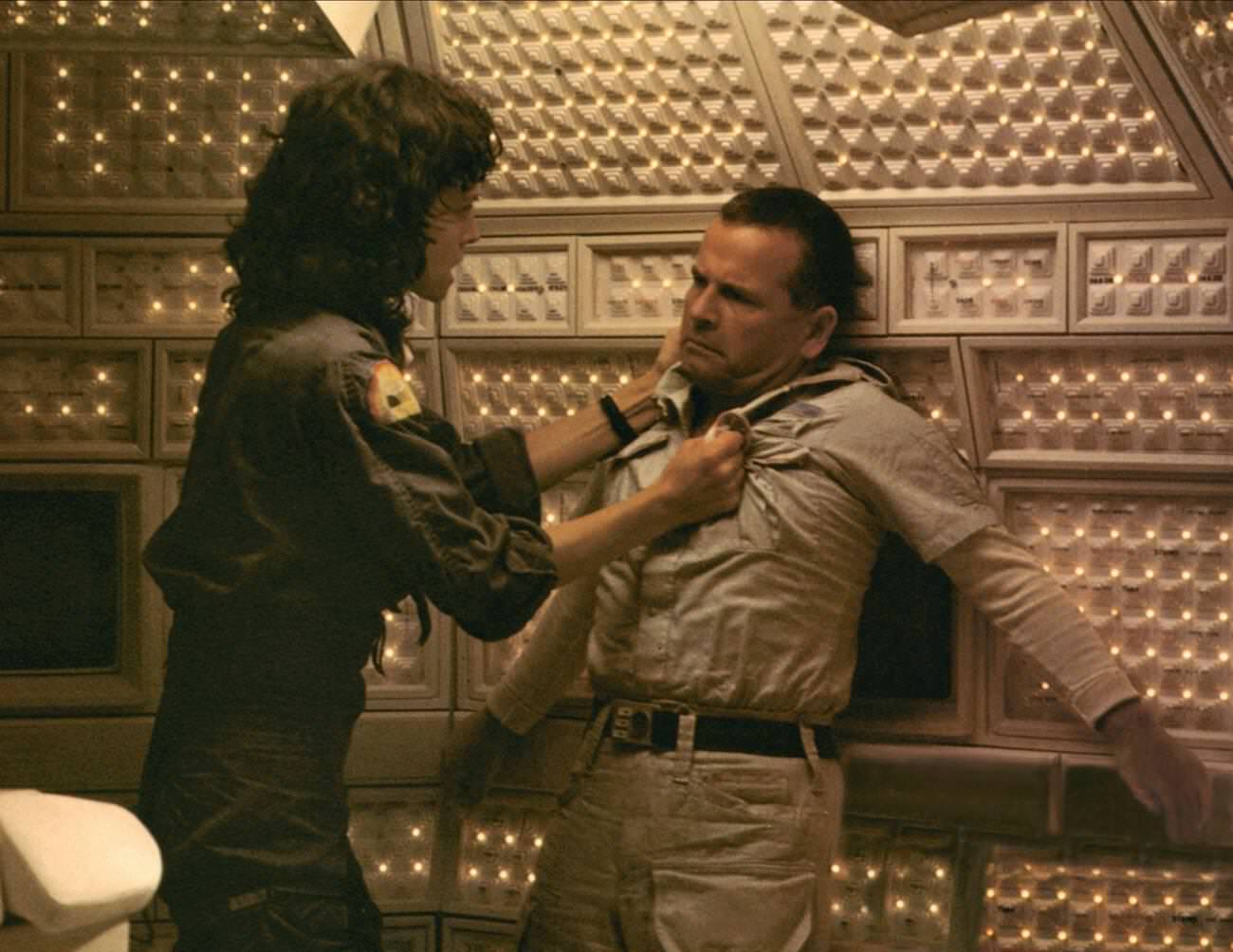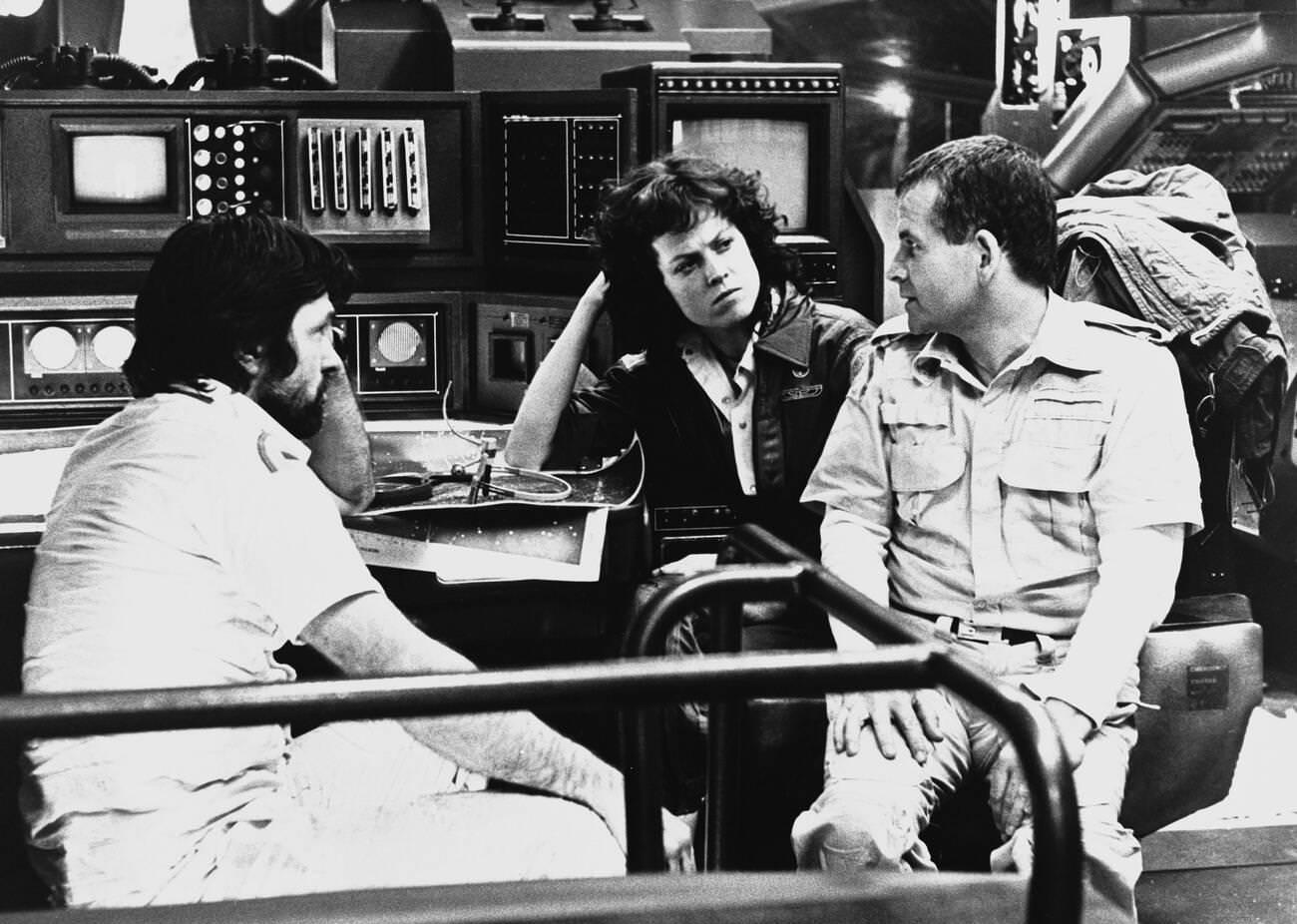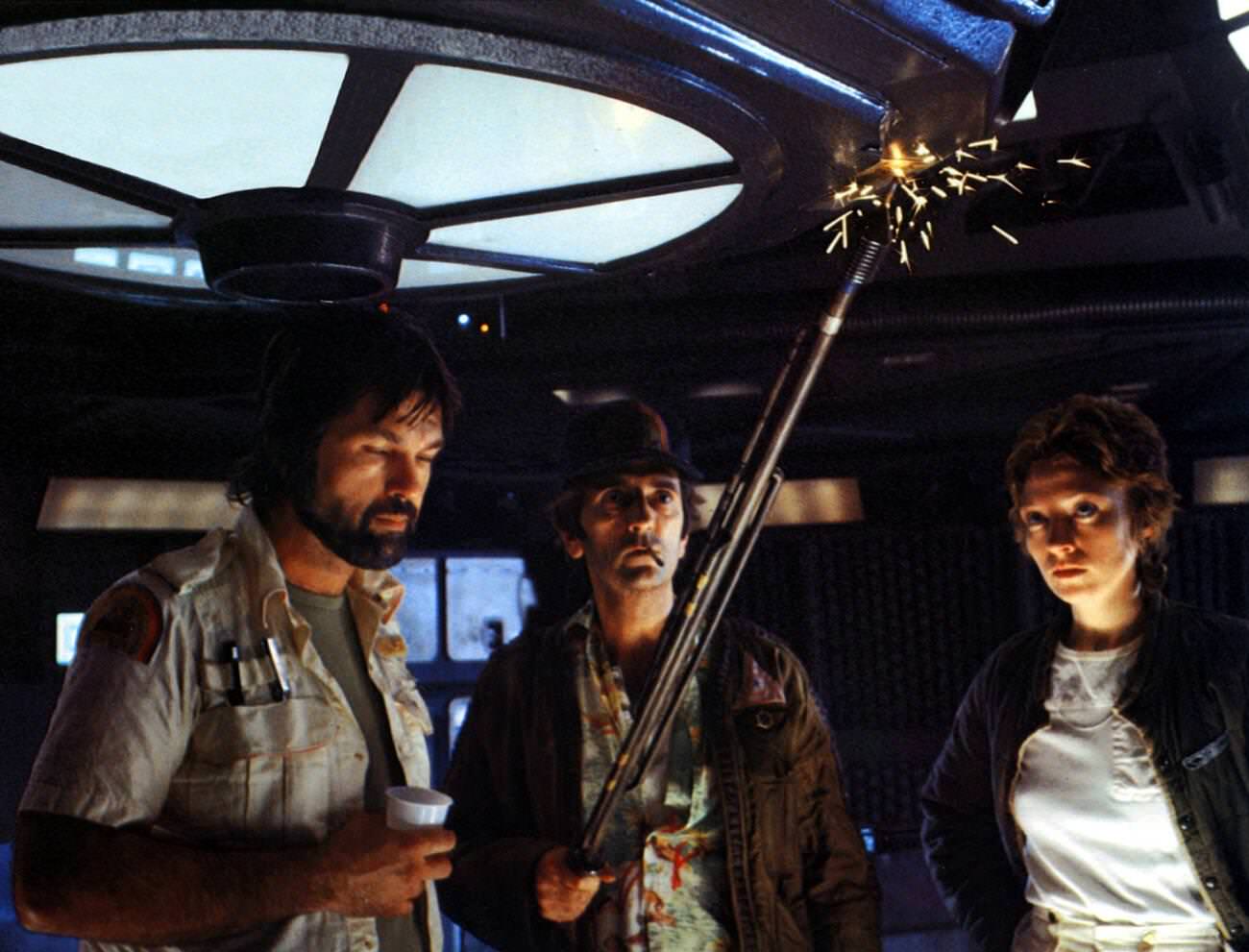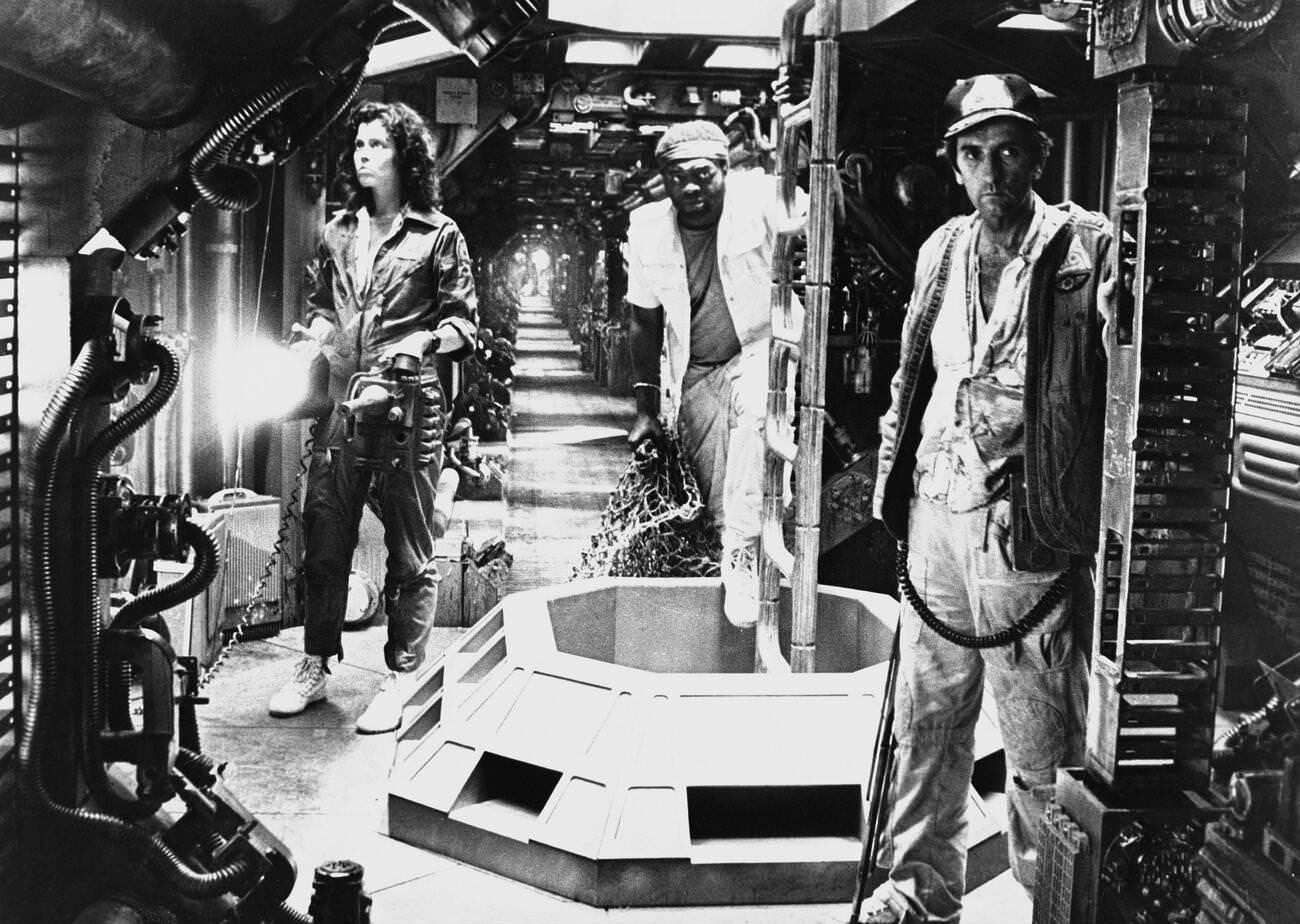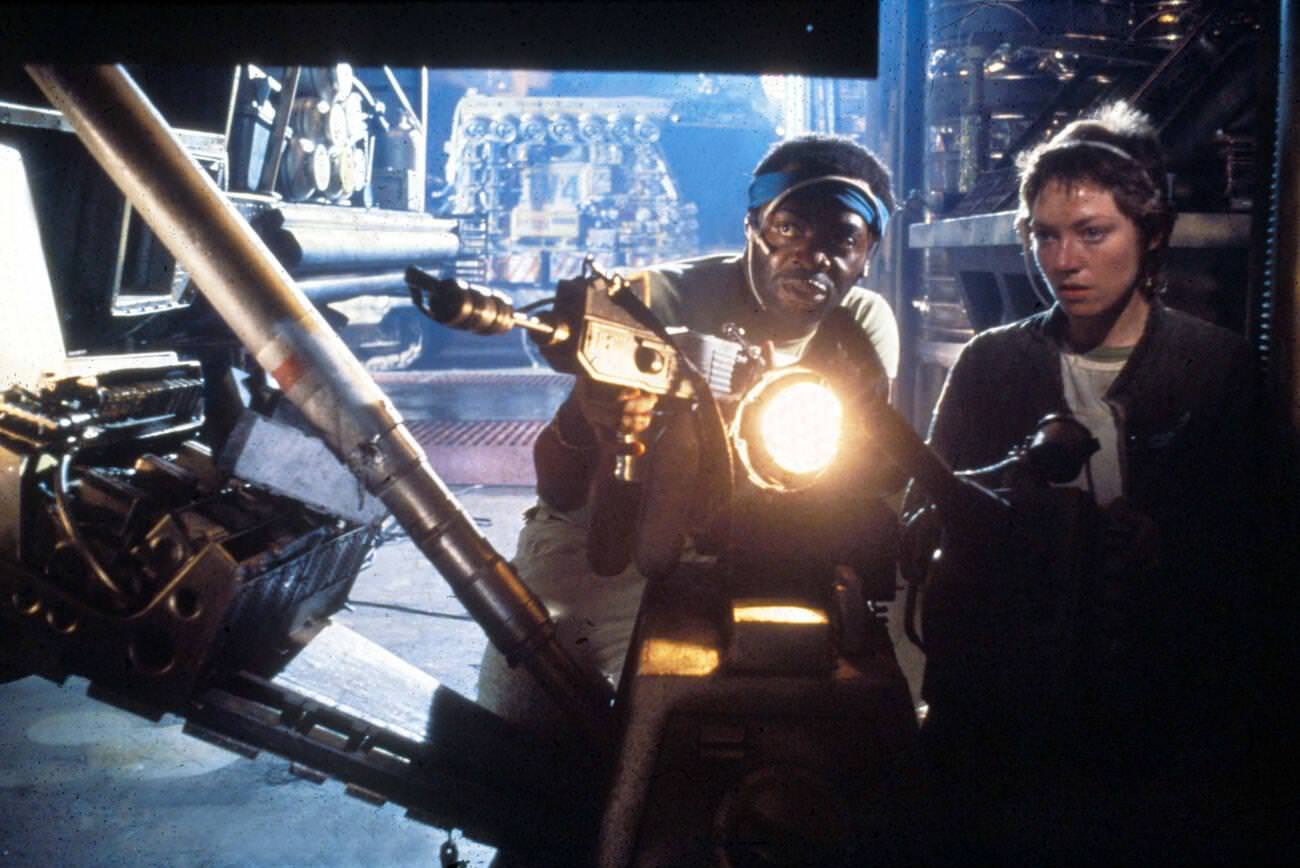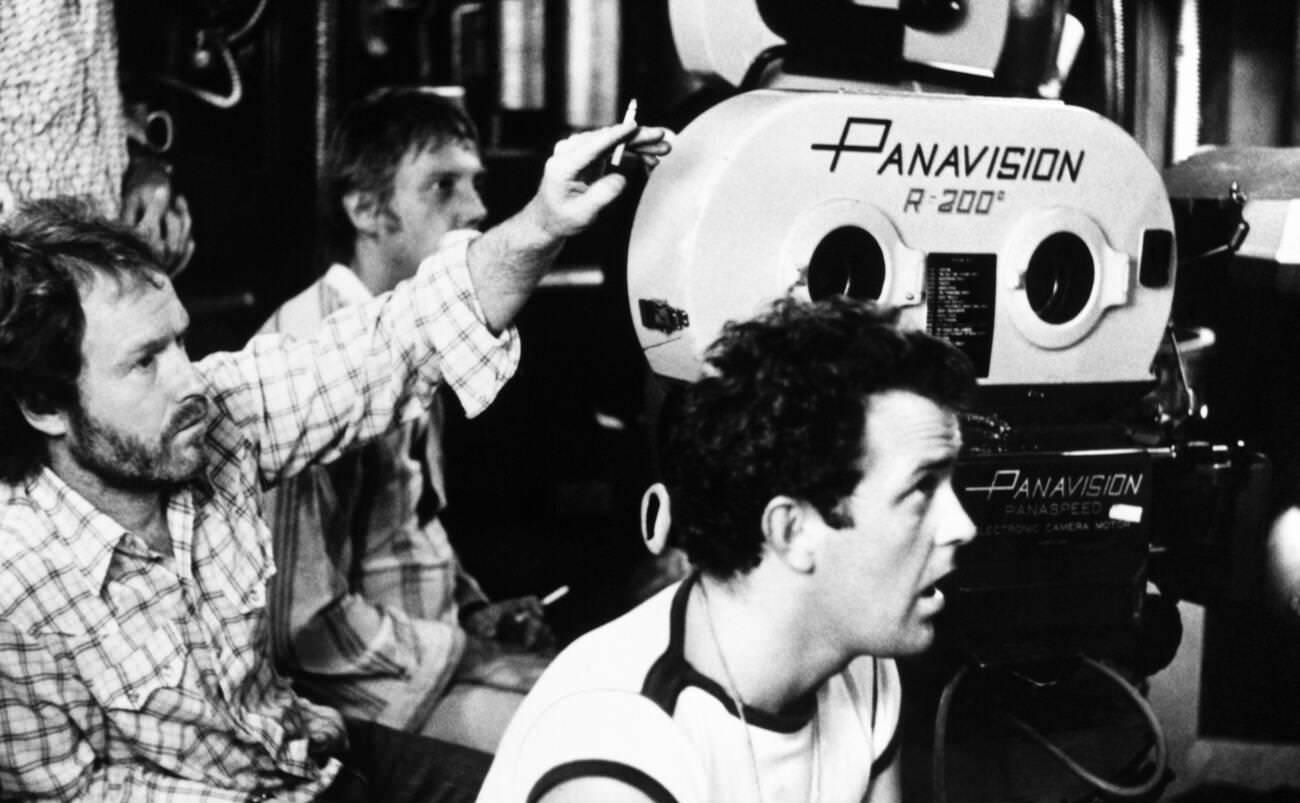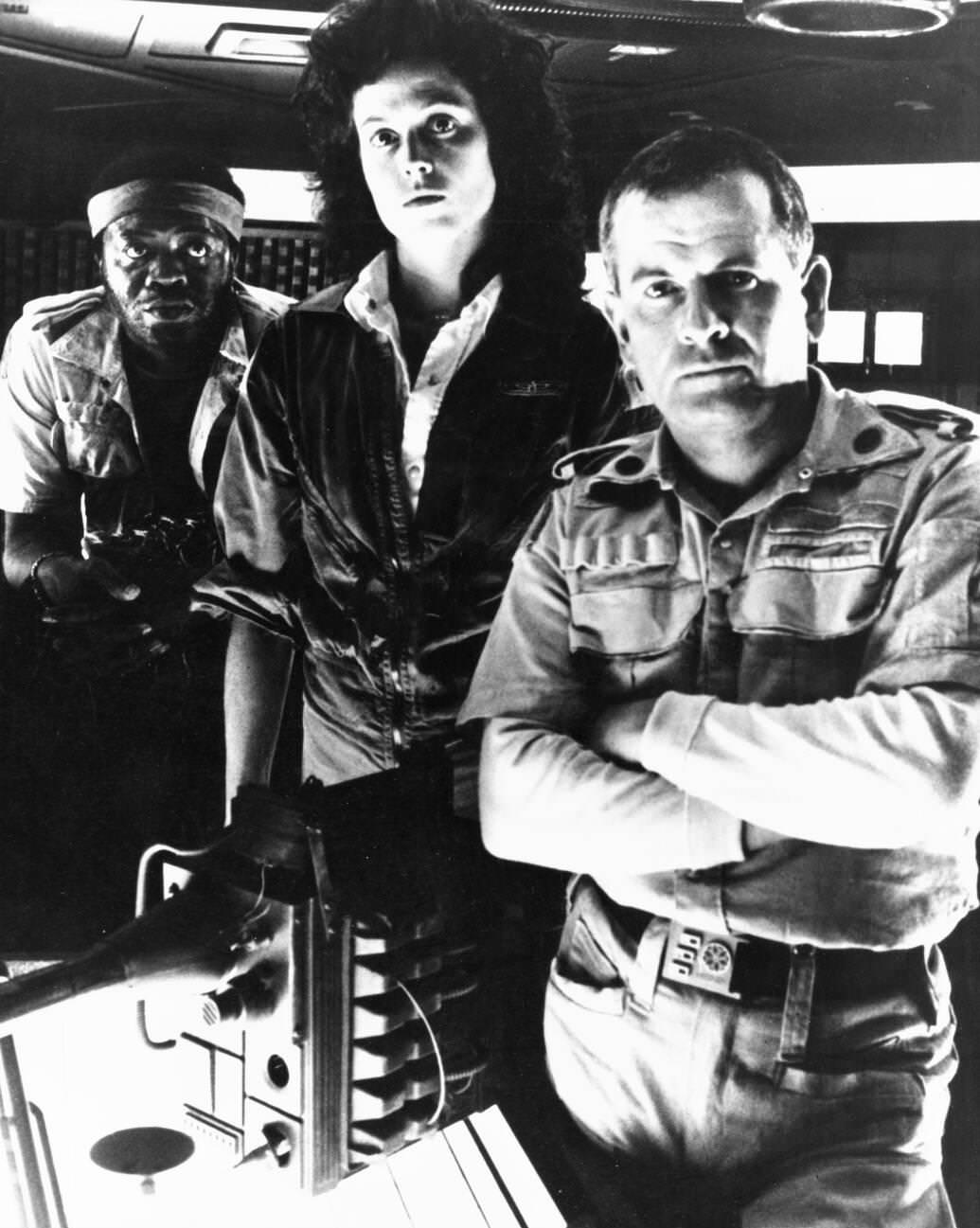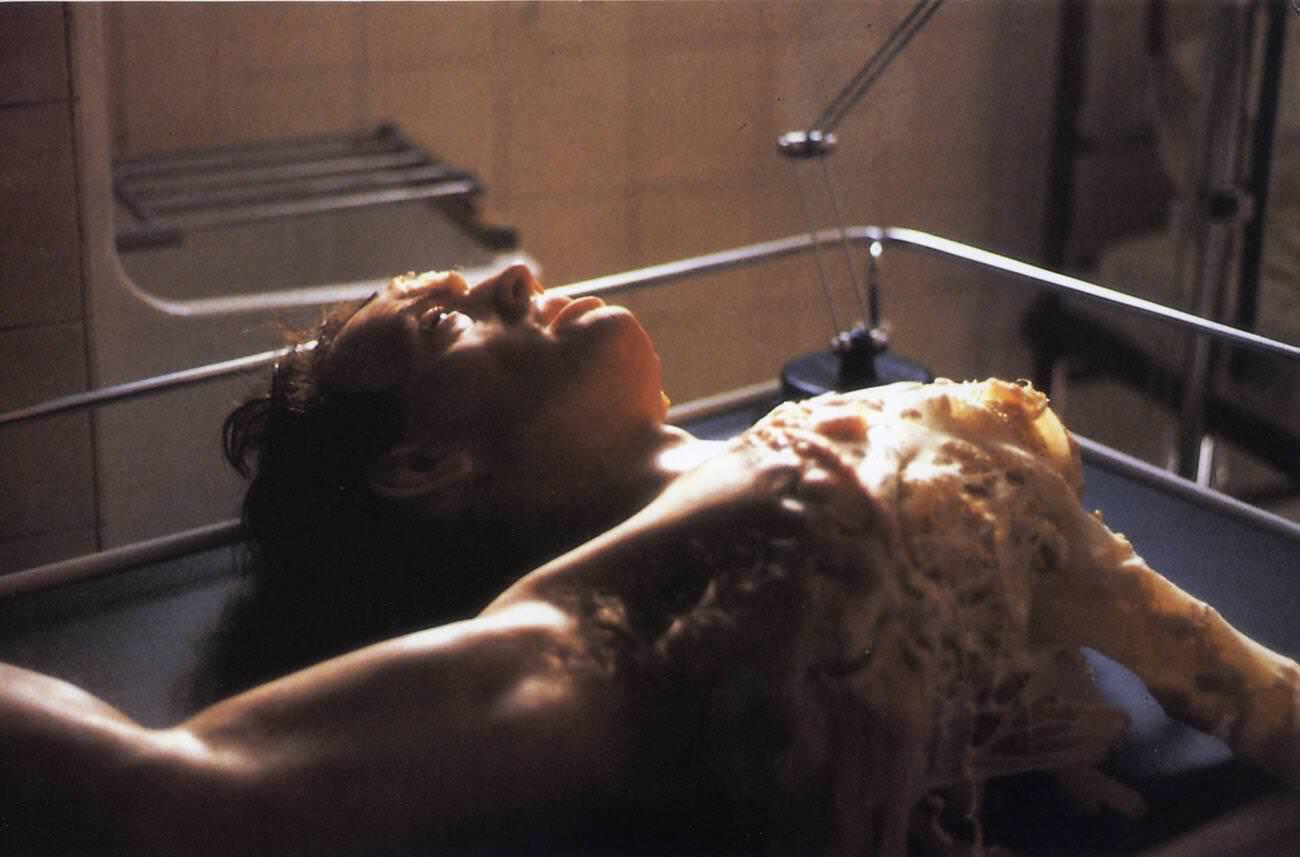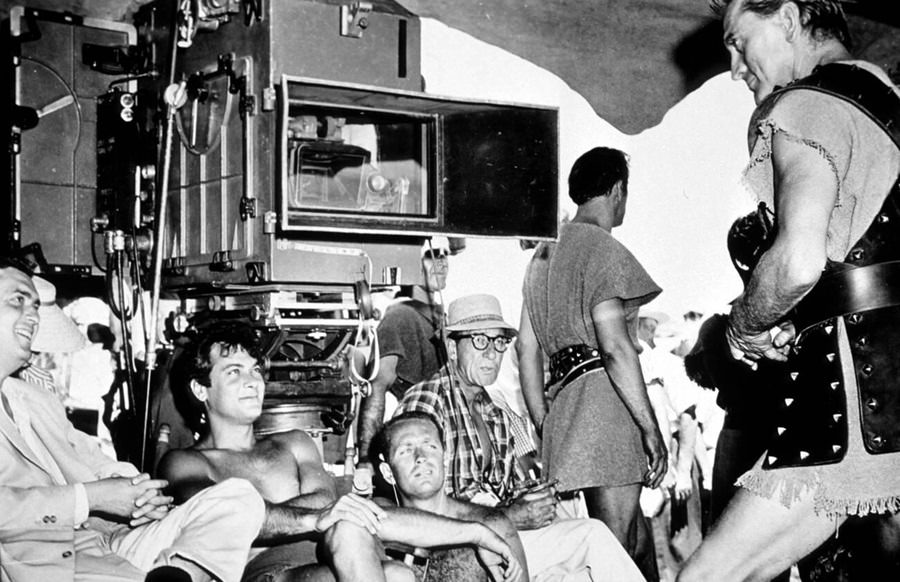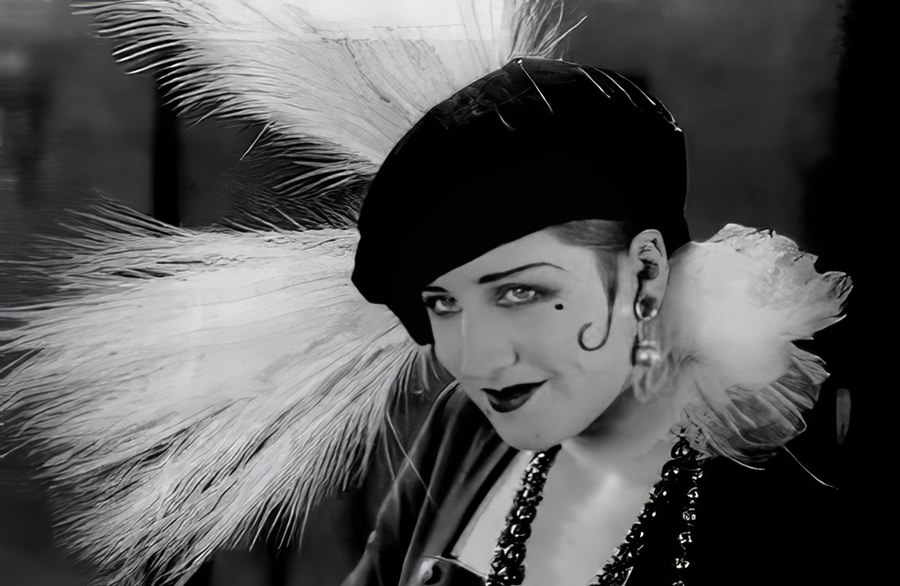Alien, released in 1979, is a landmark film that blended science fiction and horror in a way never seen before. The movie’s creation is a fascinating tale of creativity, innovation, and perseverance. Let’s dive into the story behind this iconic film.
The Birth of an Idea
The journey of Alien began with Dan O’Bannon, a young filmmaker who had worked on the cult classic Dark Star. O’Bannon wanted to create a more serious sci-fi horror film. He teamed up with Ronald Shusett to develop the story. Their initial concept was simple: an alien creature hunts the crew of a spaceship.
O’Bannon and Shusett worked tirelessly on the script, originally titled “Star Beast.” They drew inspiration from various sources, including the film “It! The Terror from Beyond Space” and sci-fi stories by H.P. Lovecraft. As the script evolved, they changed the title to “Alien,” which better captured the movie’s tone.
Finding a Studio
With a completed script in hand, O’Bannon and Shusett began shopping their idea around Hollywood. Many studios passed on the project, seeing it as just another B-movie monster flick. However, Brandywine Productions, run by Walter Hill and David Giler, saw potential in the story.
Read more
Brandywine brought the script to 20th Century Fox. The studio had recently enjoyed massive success with Star Wars and was eager to produce more sci-fi films. They greenlit Alien with a modest budget of $8.5 million.
Choosing the Director
The search for a director led to Ridley Scott, a British filmmaker known for his visually striking commercials. Scott had only directed one feature film, The Duellists, but his keen visual sense impressed the producers. Scott’s involvement would prove crucial in shaping Alien’s unique look and feel.
One of the most critical aspects of the film was the design of the alien creature. The producers wanted something truly otherworldly and terrifying. They turned to Swiss artist H.R. Giger, known for his dark, biomechanical art style.
Giger’s designs for the alien were unlike anything seen in cinema before. The creature had a skeletal, insect-like appearance with a distinctive elongated head. Its mouth concealed a second, inner mouth that could shoot out to attack prey. This design would become one of the most recognizable movie monsters in film history.
Building the Nostromo
The spaceship Nostromo, where most of the action takes place, was another crucial element of the film. Production designer Michael Seymour and his team created a lived-in, industrial look for the ship. They used airplane scrap and other industrial parts to build the set, giving it a realistic, functional appearance.
The ship’s interiors were designed to be claustrophobic and maze-like, adding to the tension as the crew is hunted by the alien. The attention to detail in the set design helped create a believable future world that still holds up today.
Casting the Crew
The casting process for Alien was thorough and unconventional. Ridley Scott wanted actors who could portray ordinary working people rather than typical Hollywood heroes. This approach led to a diverse and talented cast.
Sigourney Weaver, then a relatively unknown stage actress, was cast as Ellen Ripley. Initially written as a male character, Ripley was changed to female during the casting process. This decision would prove groundbreaking, as Ripley became one of cinema’s most iconic female protagonists.
The rest of the cast included Tom Skerritt as Captain Dallas, Veronica Cartwright as Lambert, Harry Dean Stanton as Brett, John Hurt as Kane, Ian Holm as Ash, and Yaphet Kotto as Parker. Each actor brought a unique energy to their role, creating a believable ensemble of blue-collar space workers.
Shooting Alien was not without its challenges. The set’s confined spaces made camera work difficult. The alien costume, while visually stunning, was cumbersome and hot for the performer to wear. The special effects team had to innovate to bring the various stages of the alien’s life cycle to the screen convincingly.


